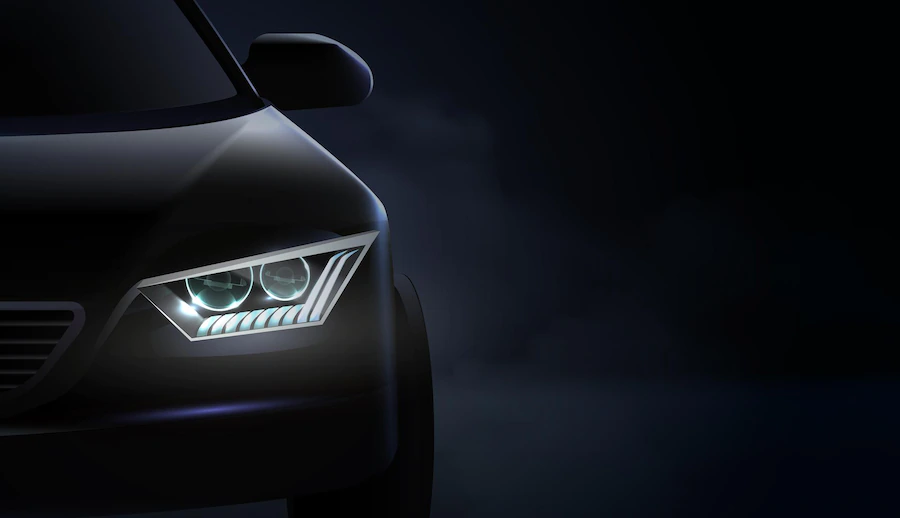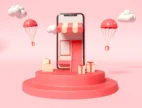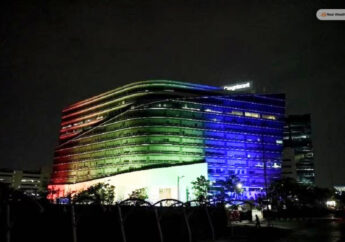COVID-19 Impact On The Luxury Car Market
by Sumona Business 18 January 2023

COVID-19 was the ultimate disruptor for a wide variety of markets in industries across the world, one of the most notable being the luxury car market.
Delayed production, material, and product shortages decreased supply and an eventual high demand all had a significant impact on the luxury car market. But as the industry and luxury car enthusiasts alike shifted, the market saw a change in trends, showing us what competition, innovation, and the human ability to pivot and adapt can do for any industry.
After the initial shock to the market, the accelerating evolution of tech has given those in the high-end, luxury vehicle market reason to be cautiously optimistic. These are the ups, downs, and trends of the luxury vehicle market as a result of the pandemic.
The Rise of Contactless Luxury Vehicle Services
Manufacturing and sales of luxury vehicles were deeply affected by COVID-19, as were related industries, which also had to change the way they delivered their services.
Low Contact Buying, Selling &Maintenance
Virtual showrooms were well established long before COVID-19 but saw a pike in popularity. After the coronavirus forced the shutdown of in-person retail and auto sales, the luxury auto market, like many others, saw sales drop off a cliff. But we also saw the rise of buying cars, selling, and trading forums for all types of vehicles at that time.
With the easing of restrictions, dealerships addressed social distancing requirements by using a mix of virtual tours with sales staff and by-appointment, in-store sales. Service bays and mechanic shops remained open as essential services, with increased emphasis on limited numbers and social distancing.
Contactless Valet Parking
While parties, events, shopping malls, and indoor dining were put on hold at first, luxury vehicle services like valet parking also had to adjust to address safety concerns. Valet companies had to pivot or cease to exist. For example, Gatsby Valet, which only services high-end events and luxury vehicles, now provides safer experiences and peace of mind with contactless valet parking, social distancing, and sanitizing of each vehicle.
Effects on the Present and Future Luxury Vehicle Market
The worldwide luxury car market reached 449.7 billion (USD) in 2019 and, after a noticeable drop in 2020 and 2021, is forecasted to experience a CAGR of 9.3% until it hits 665 billion (USD) by 2027.
The decrease in sales is understandable given the uncertainty in the early days of COVID-19 and the emphasis on financial stability. But remote work, increased importing fees and evolving technology also created higher expectations of a luxury vehicle’s ability to improve quality of life.
What this means for standard luxury brands like Mercedes, BMW, Volvo, etc., is increased competition to raise brand image by integrating AI-powered features such as personal voice assistants, retina recognition, and the expansion of autonomous driving capabilities.
That competition to innovate combined with more disposable income thanks to less transportation, entertainment, and vacation spending are two of the key factors driving the resurgence of the luxury vehicle market moving forward.
The Rise of Eco-Friendly Transportation
Internal-combustion-propelled vehicles still dominate demand and sales of the luxury vehicle market, but the race to provide reduced- and zero-emission vehicles that deliver the performance expected of luxury vehicles also caused a rapid increase in market share for the electric car segment. Mainstream adoption of high-end electric vehicles is expected to continue accelerating that growth.
Unfortunately, in Canada, government incentives for purchasing electric vehicles are limited to vehicles with an MSRP under $55,000 for six-seaters (or smaller) and $60,000 for vehicles with seven seats or more. The list of eligible vehicles currently includes BMW’s i3 and 330e.
Increased Demand for Used Luxury Vehicles
Just as they did with high-value real estate, increased wealth, historically low-interest rates, and convenient and accessible financing options created an instant increase in demand for used luxury vehicles, especially those coming off one- and two-leases, which shows no signs of slowing.
Also contributing to this trend is the increased competition for higher-quality standards by luxury brands and incentives like extended warranties that elevate consumer confidence in used luxury vehicles.
Potential Inhibitors of Market Growth in the Luxury Car Industry
Under pre-COVID market conditions, the cost of purchase and maintenance were inhibitors to the market growth of high-end vehicles. Those concerns have been slightly amplified due to the unpredictability of the pandemic and its impact on global supply chains and may hamper sales depending on how these issues play out.
Additional:







































































































